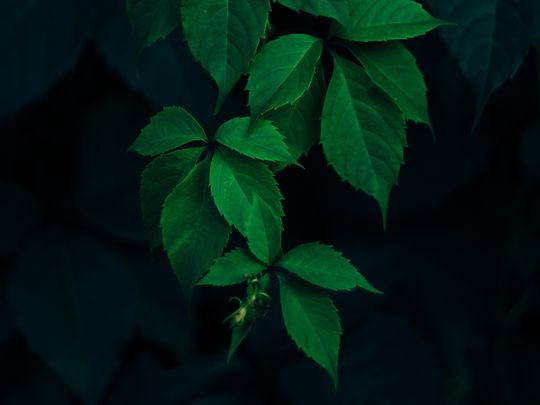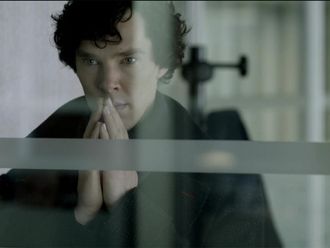
In January 2019, small, green plants sprouted on the moon.
Click start to play today’s Word Search, where we discover what happens to ‘seeds’ planted in outer space.
The plants were cotton seeds, which arrived on the lunar surface on Chang’e 4, the Chinese spacecraft that was the first to land on the far side of the moon (a side that never turns towards the Earth).
Unfortunately, a week later, all the seedlings that had sprouted, died. Night had set in on the moon, and without enough sunlight, surface temperatures near the spacecraft dropped to -52 degrees Celsius. Despite the plants having their own heating system, water, air and soil, the system wasn’t designed to survive such bitter cold temperatures. The plants froze to death.
It goes to show – outer space isn’t kind to plants. Just a few seconds in the vacuum of space would lead a plant to perish immediately, because the water in plant cells would dissipate as vapour, leaving behind a freeze-dried version of it.
Still, astronauts try to make it work, and many have succeeded.
According to a report in the US-based news website The Atlantic, the first plant to flourish in space was Arabidopsis thaliana or the thale cress, a small, spindly plant from the mustard family, with white flowers. In 1982, it went into space aboard Salyut, the now-defunct Russian space station. The plant was chosen because it has a fairly quick life cycle, so scientists are able to analyse its entire life span in a short time.
Since then, plants grow regularly on the International Space Station (ISS). Seeds are planted in nutrient-rich substances, with fertiliser pellets, and cultivated inside special champers that come equipped with artificial lights. Water is directed to the roots with laser-like precision, and the entire process is monitored by sensors and astronauts.
According to US space agency National Aeronautics and Space Administration (Nasa), astronauts have grown several varieties of lettuce, peas, radishes, zinnias and sunflowers.
In 2015, astronauts on ISS made their own space salad for the first time. They were given permission to try the leaves of a red romaine lettuce that was grown in Nasa’s first fresh-food growth chamber. They drizzled on a little balsamic dressing and took a bite. Nasa astronaut Kjell Lindgren is reported to have reacted with: “That’s awesome!”
Growing plants in space may be vital for future missions. Although astronauts are able to eat thermo-stabilised or freeze-dried entrees and snacks on the ISS, such meals wouldn’t survive the journey to Mars. They’ll likely have to bring seeds from Earth and grow their own crops there, in growth chambers similar to the ones on ISS.
Apart from plants, astronauts are also making an effort to grow flowers. The benefits of gardening have been shown to be soothing and beneficial for deep-space astronauts, who are often cooped up in small spaceships for years.
Could a flower bloom in Mars in the future? What do you think? Play today’s Word Search and tell us at games@gulfnews.com.







